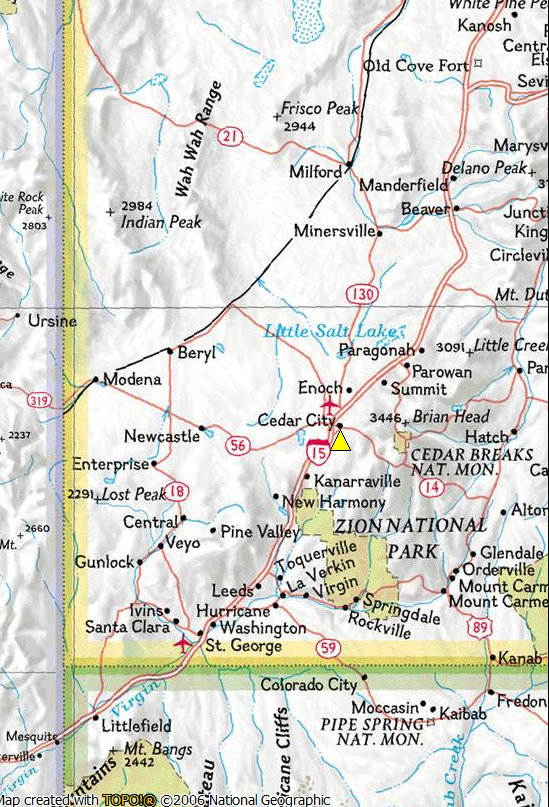www.WillhiteWeb.com
Built: 1931
Owner: The Church of Jesus Christ of Latter Day Saints
Location: Just east of Main and Center Streets
Cedar City First Ward Chapel
At one time the block was full of LDS buildings including a large Tabernacle. Today, all that remains is the chapel, which was built by the members with local materials. So unique is this building, their are tours offered on Thursday, Friday and Saturday from 1 p.m. to 6 p.m. During the tour, you can learn all about the master stone masons from Germany or the stair railings and doors made from local Juniper trees. Below I have put an article and some information about the Cedar City Tabernacle that once stood next door.
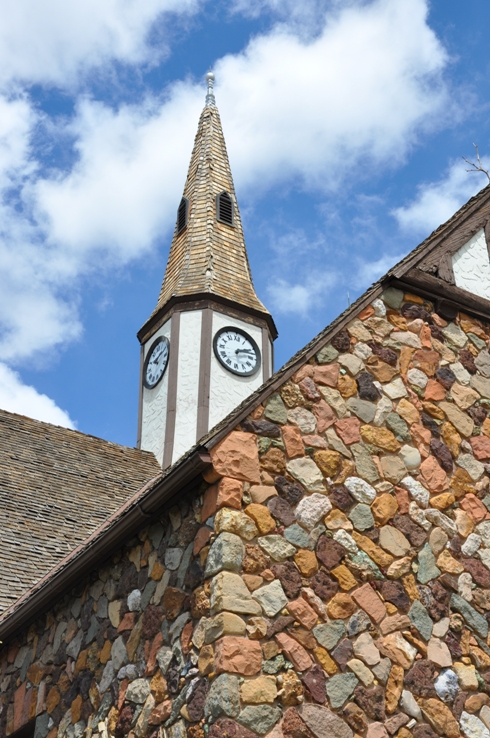
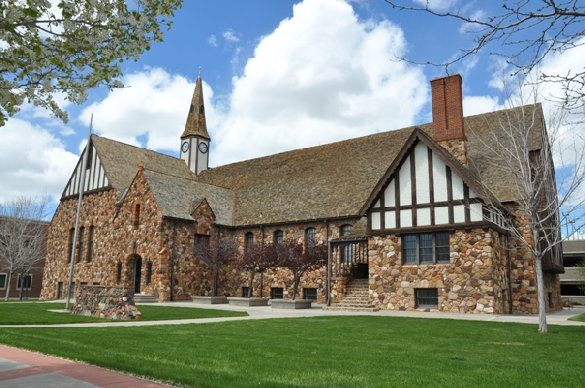
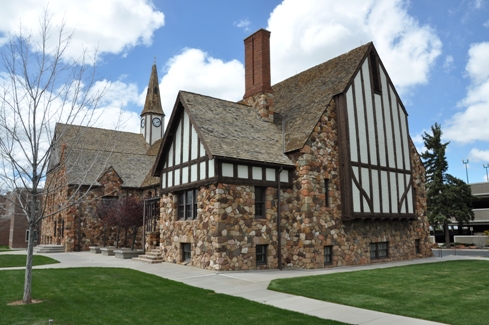
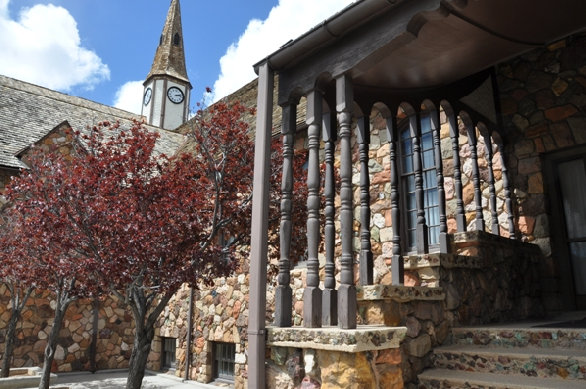
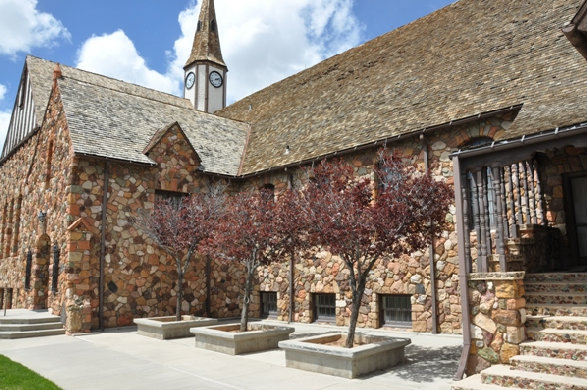
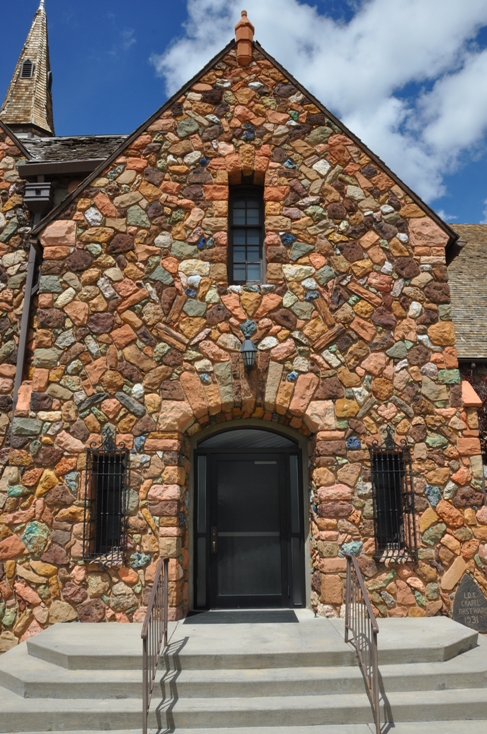
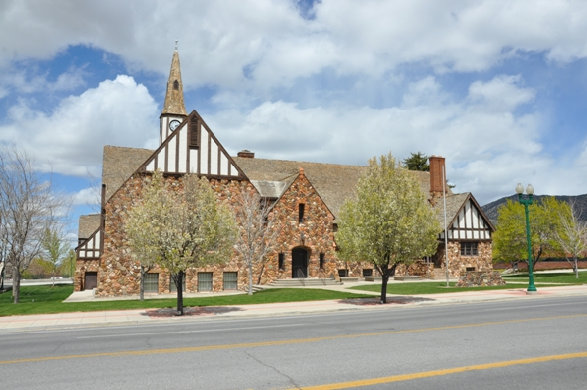
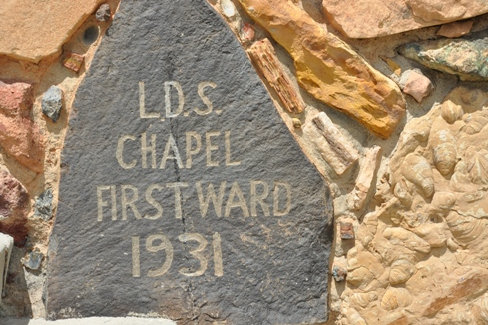
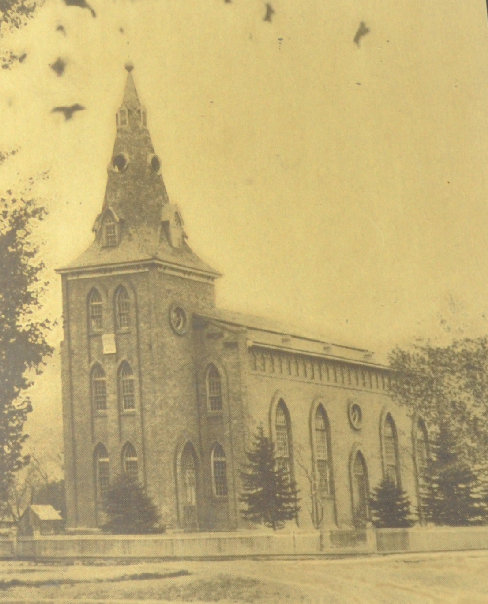
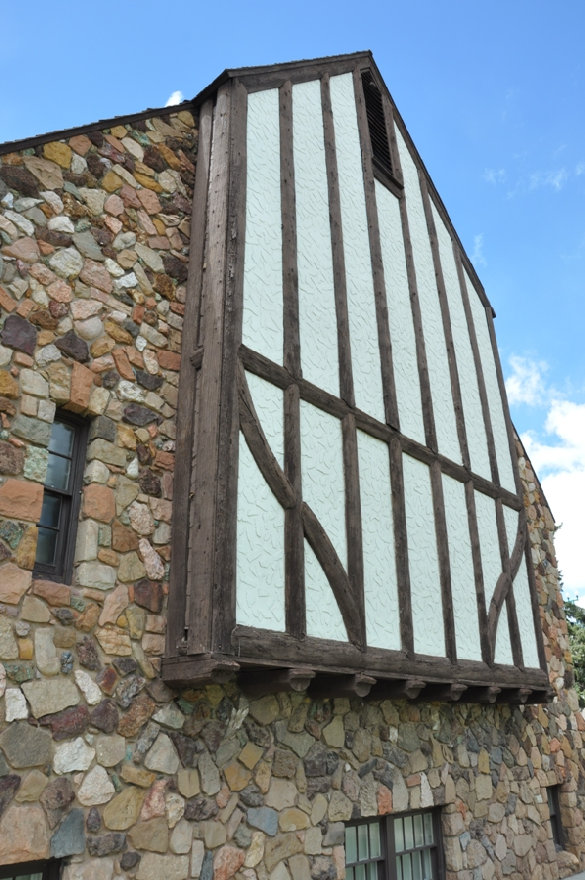
Sign near the front door
On the east side
Main entrance
From a distance
Front courtyard
Second front entrance
Cedar City First Ward Chapel
Clock tower
Cedar City First Ward Chapel
By Mike Cannon, Church News Staff Writer
Published: Saturday, Nov. 3, 1990
Rock Church' a monument to faith
Known affectionately by many as the "Rock Church," the home of the Cedar 1st and 12th wards here had a rocky beginning during the Great Depression, but has since become a beautiful landmark building used for worship and as a visitors center.
About 1,000 people went through the facility this past summer on tours conducted by members and stake missionaries in the Cedar City Utah Stake, learning not only of the building's interesting history, but of gospel principles as well.Guests walking into the Rock Church are greeted by bright red cedar trim, cedar benches and pulpit in the chapel, and ornate fixtures made from iron ore mined locally in the 1930s. Most materials in the building came from local sources. Cedar was hauled fron nearby Cedar Mountain, and rocks for use inside and out were collected from throughout the area and from members' own rock collections.
Downstairs is a baptismal font of rock - not used for about 30 years because it leaks and the steam generated from filling it was detrimental to the rock walls. Painted murals done at time of construction adorn the font room, which is now a classroom.
Downstair hallways are lined with murals depicting different gospel principles and key events of the Restoration. Visitors hear a presentation from guides that includes Church doctrine and teachings, and Rock Church history and architecture.
Partially renovated inside and re-dedicated last February, the Rock Church had its beginnings in the difficult years of the Great Depression. Its story is as colorful as its exterior rock walls - perhaps the only meetinghouse walls in the Church that include a healthy dose of gold ore.
During construction, a Church member had a wagonload of ore he took to the local Union Pacific railroad depot for shipment to smelters in northern Utah. He unloaded it, only to find he couldn't afford to ship it. He reloaded the ore and hauled it to the Rock Church site, where it was mixed into the walls of the building.
Ground was broken and excavation started for the meetinghouse May 27, 1931, and it was completed Feb. 22, 1932, with more than 1,200 people attending the inaugural activities. Formal dedication was May 27, 1934, led by President Heber J. Grant, seventh president of the Church.
When construction began, there was some opposition to the project. With many people out of work due to the Depression, construction of a new building seemed an overwhelming task. But plans moved ahead.
Contractor Bert Wood had seen the cathedrals of Europe and recommended a design along those lines, with steep pitched roofs and steeple. He also had built several stone buildings at nearby Grand Canyon and Bryce Canyon, and suggested to the building committee that rock be used for the exterior.
The committee's initial reaction was unfavorable, and it took hours of discussion before the group could visualize the final product and had a collective change of heart.
Local architects collaborated with Church architects on the project, and had difficulty convincing them that a beautiful building could be constructed using mostly native materials.
It took several meetings with President Grant and the Salt Lake architects to convince them it was possible to use local resources to build an attractive facility.
With the details ironed out, a crew of 35 men started construction. When the first portion of rock exterior wall was erected, many residents complained about the strange appearance. But within weeks, that criticism turned to admiration as people gathered to watch stone masons piece the walls together with colorful rocks collected by members.
Bishop Franklin B. Wood of the Cedar 1st Ward designated June 15-20, 1931, as "Rock Week." Men, women and children gathered more than 100 wagon loads of colored rock from the hills surrounding Cedar City. The stone was split and piled, for use in the exterior walls. Many townspeople got in the habit of picking up rocks and dropping them by the construction site.
Workers were offered wages of $1 per day, but most of them donated their time, tools and talents. Many ward members contributed food for the workers.
The final cost of the building was $87,000, with $25,000 of that coming from ward members in donations of money, time and materials, and $10 from an out-of-town thief.
According to an account in the Iron County Record, a tourist from California was caught stealing rock from the site. He was fined $10, and the money donated to the building fund.
The building became, besides a house of worship, a gathering place hosting town parties and Church plays and dances. It continues to be the most-used building for receptions and funerals in the area, according to Bishop Wayne K. Hinton of the Cedar 12th Ward. Bishop Hinton, a history professor at Southern Utah State College, is well versed on the Rock Church and spoke on its history at the rededication ceremony.
"The Rock Church is rather awe-inspiring, particularly when you think of the dedication of those people who built it in the midst of the Depression and the hand-labor that went into it," reflected Bishop Hinton. "That causes us to contemplate and wonder at their commitment and dedication, to reverence the building and to be more committed ourselves.
"It's a unique, beautiful building with marvelous woodwork, and it's also comfortable. That helps with the reverence as we worship."
Over the years, six different wards have met at the Rock Church. Many who leave return for special family events, Bishop Hinton said. Within the past year, several families returned from outside the state to hold funerals at the Rock Church. Those deceased had attended there as children, and despite living most of their lives elsewhere, had expressed desires before their deaths to have their funerals at a building that was special in their eyes.
� 2011 Deseret News Publishing Company
Cedar City Tabernacle
Next to the Cedar City First Ward Chapel is a sign with this picture and words:
A tabernacle was erected in 1885 on the adjoining corner of Main and Center Streets and was demolished in the spring of 1932. In 1872 Bishop Christopher J. Arthur suggested that this Tabernacle be built to replace the Social Hall. Mayhew Dalley drew the plans for a building 72 X 41-1/2 feet with a tower 110 feet high. Edward J. Ashton of Salt Lake City was engaged as architect and Bengt Nelson was appointed director. The excavation was dug in 1872, but because labor was needed on the St. George Temple, the work was postponed until 1877. The Tabernacle was built of local materials except for the windows. Lumber was cut in Deep Creek, the bricks were burned south of town, shingles were made, and plastering was done. The stone tablet inscribed "Holiness to the Lord" was placed in 1885.
The town clock in the tower was a gift from the city and ward. A ball and weather indicator topped the tower. Conference was held in the unplastered building in 1887. A gallery was added later. December 20, 1931, the U.S. Government approved the purchase of the ground for a post office. The last meeting was held in the historic Tabernacle in 1932 prior to its demolition. The Tabernacle was a community project and served the people well for forty-seven years.
